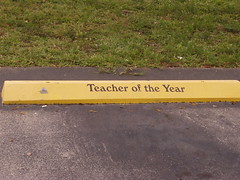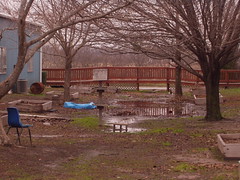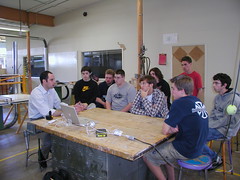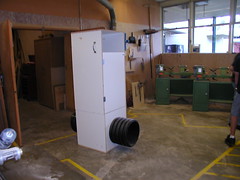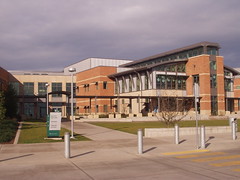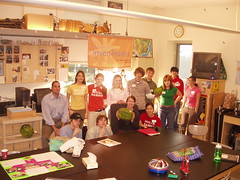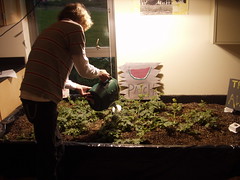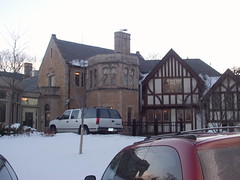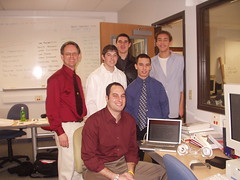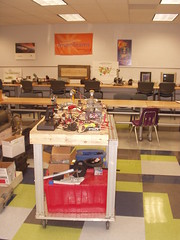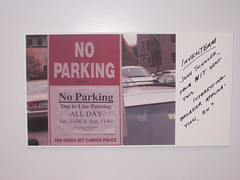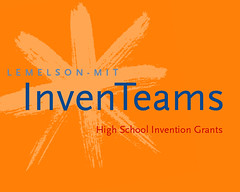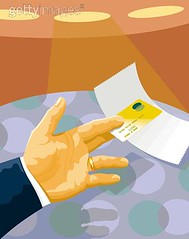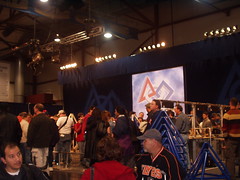This past weekend, I attended the 2005 FIRST Robotics Competition Founder's Reception (held at FIRST Founder Dean Kamen's house) and Kickoff Event (held at Southern New Hampshire University).
I was able to meet members of the US FIRST management team as well as several hundred enthusiastic FIRST Robotics participants, including members of 2004 Agawam InvenTeam (Rosie Robotics).
Dean Kamen, Professor Woodie Flowers (MIT), and Dave Lavery (NASA Program Executive -- in charge of the Mars Rover mission!), and the Governor of NH attended and spoke.
This year's teams have an impressive array of software and hardware to work with -- much of it inspired, I believe, by Dave Lavery's work with NASA.
The FIRST Robotics Competition is about more than battle bots. It is an intense, real-world experience in problem-solving, teamwork, science, engineering, leadership, project management, and as Woodie puts it "gracious professionalism."
Dean Kamen (whose house is quite amazing) pointed out that although the challenges, hardware, and software change -- as they do in the real world -- the principles of FIRST remain the same. And unlike athletes, who arguably train to repeat the same motion, FIRST participants are constantly learning new ways of tackling new problems.
Hopefully, FIRST is the start of a groundswell that will help today's youth learn the skills that will allow them to address tomorrow's problems.
I spoke with FIRST's Directors of Development and Marketing about InvenTeams, FIRST's sponsor development strategy and impact studies. As you can imagine, FIRST and InvenTeams have similar goals and complementary programs. Cultivating a relationship with FIRST would be a real asset to the development and expansion of InvenTeams.
The Kickoff was a live broadcast to some 30-odd locations courtesy of NASA satellites. There are an estimated 1500 FIRST Robotics teams in the US this year, with teams now in Israel, Mexico and Brazil.
The teams now have 6 weeks to build their robots and ship them for the first competition.
http://www.usfirst.org/


